When Would Mold Remediation Be Required?
Mold is a type of fungus that can grow both indoors and outdoors. It thrives in moist environments, and can often be found in areas where there is water damage or high levels of humidity. Mold can cause a variety of health problems for those that come into contact with it, and can also lead to extensive property damage. When is mold remediation required? If you suspect that you have a mold problem, it is important to call in a professional remediation team as soon as possible to help remove and treat the mold effectively.
Mold can often be found in areas of a home or business that have sustained water damage. If you have had a recent leak, flooding, or any other type of water damage, it is important to inspect the area for mold growth. Mold can also often be found in bathrooms, kitchens, laundry rooms, and basements – any place where there is high humidity. If you see any signs of mold growth, such as discoloration on walls or ceilings, musty odors, or excessive condensation, it is important to call in a professional immediately.
Mold remediation is a process that involves removing and treating mold from areas where it has developed. It is often required in both residential and commercial buildings, as mold can spread quickly if left untreated. Remediation experts use various methods to remove the mold, such as vacuuming and applying mild detergent solutions to targeted areas. Once the mold has been removed, they will then treat the affected areas with antimicrobial products to prevent further growth.
If you suspect that you have a mold problem in your home or business, it is important to call in a professional remediation team right away. They will be able to assess the situation and determine the best course of action for effectively removing and treating the mold. By working with an experienced and reputable mold remediation team, you can be confident that your mold issue will be treated quickly and effectively.
Detecting mold in your home or office can be difficult, as it often grows in hidden or hard-to-see areas. However, there are a few signs that you can look out for if you think you may have a mold problem.
One of the most common signs of mold is a musty odor. If you smell a strong, earthy odor in your home or office, it may be indicative of a mold problem. Another sign is the presence of water damage. Mold often grows in areas that have been damaged by water, so if you notice any water stains or discoloration, it may be cause for concern.
If you suspect that you may have a mold problem, it is important to investigate further. An experienced mold remediation team can carefully inspect your property and identify any areas where mold may be present. They will then use specialized equipment and techniques to remove and treat the mold, helping you to get rid of this pesky problem once and for all.
To prevent mold growth in the future, it is important to keep an eye out for any signs of water damage or high humidity levels. You should also regularly inspect your home or office for visible signs of mold, such as dark spots or patches on walls or ceilings. Additionally, investing in a dehumidifier can help reduce the amount of moisture in the air, making it more difficult for mold to thrive. By taking these steps, you can protect yourself and your property from the damaging effects of mold.

